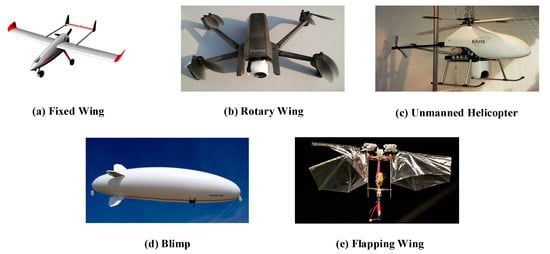State-of-the-Art of Electrical Power and Energy System in China
A topical collection in Energies (ISSN 1996-1073). This collection belongs to the section "F: Electrical Engineering".
Viewed by 32857Editor
Interests: electric motor and drives; electric vehicle technologies; wireless power transfer; smart grid and micro grid
Special Issues, Collections and Topics in MDPI journals
Topical Collection Information
Dear Colleagues,
We are inviting submissions to the Energies Topical Collection on “State-of-the-Art of Electrical Power and Energy System in China”.
This Topical Collection is focused on reviews and technical studies on the generation, conversion, storage, transmission, application, and architecture of electrical power and energy systems, particularly in China.
Electrical power/electrical energy is currently the most widely used secondary energy source. Electrical energy has obvious merits, such as cleanliness, low emissions, low carbon footprint, feasible and convenient control, low transmission cost, high energy-conversion efficiency, feasible control, etc. In particular, the generation, conversion, storage, transmission, and utilization technologies of electrical energy is the key to benefiting from power devices and improving the overall efficiency of energy systems. In addition, renewable and sustainable energy sources are normally converted into electrical energy and supplied for human usage. Moreover, in recent years, electrical energy technologies have received extensive attention from both academia and industry. Electrical energy technologies cover a wide range, particularly integrated with novel materials or advanced processes. Thus, there are many perspectives from which we can review these mature and advanced energy system technologies.
First, the technology of utilizing renewable energy to generate electrical energy can include two key processes. The first step is that energy-harvesting devices are needed to explore implicit energy sources from the nature. The second step is that the high-quality electrical power is produced by energy conversion devices, such as wind power generator, waterpower generator, thermal power generator, etc.
Second, in the process of converting electrical energy to other energy types, improving conversion efficiency is a classic problem. In addition, the design, optimization, and fault tolerance of energy conversion systems and auxiliary devices are also within the technical scope of energy system technologies.
Third, electrical energy storage is particularly important for some relatively closed applications, such as electric vehicles, electric ships, and electric aircrafts in the area of transportation. The utilization of novel materials and packaging for electrodes and electrolytes provides the possibility of increasing battery capacity for electrical energy storage.
Fourth, the transmission and utilization technology of electrical energy requires high-performance electrical power converters of different power levels. For instance, wireless power transfer technology eliminates the need for transmission cables, which has been welcomed in recent years. However, there is still a long way to go in terms of providing power levels, increasing transmission distances, and reducing high-frequency electromagnetic radiation, as well as incorporating silicon carbide (SiC) and gallium nitride (GaN). The use of wide bandgap semiconductors, which is revolutionizing power electronics converters, is also welcomed by industries.
China is a large country in the production and application of electrical energy with related technologies. The involvement of large demand and extensive utilization of electric energy in China often forms a unique electrical energy architecture and system scale. On such a scale, related technologies in the field of electrical energy and energy systems can be combined organically.
This Topical Collection intends to report the latest progress in these important areas.
Dr. Chunhua Liu
Collection Editor
Manuscript Submission Information
Manuscripts should be submitted online at www.mdpi.com by registering and logging in to this website. Once you are registered, click here to go to the submission form. Manuscripts can be submitted until the deadline. All submissions that pass pre-check are peer-reviewed. Accepted papers will be published continuously in the journal (as soon as accepted) and will be listed together on the collection website. Research articles, review articles as well as short communications are invited. For planned papers, a title and short abstract (about 250 words) can be sent to the Editorial Office for assessment.
Submitted manuscripts should not have been published previously, nor be under consideration for publication elsewhere (except conference proceedings papers). All manuscripts are thoroughly refereed through a single-blind peer-review process. A guide for authors and other relevant information for submission of manuscripts is available on the Instructions for Authors page. Energies is an international peer-reviewed open access semimonthly journal published by MDPI.
Please visit the Instructions for Authors page before submitting a manuscript. The Article Processing Charge (APC) for publication in this open access journal is 2600 CHF (Swiss Francs). Submitted papers should be well formatted and use good English. Authors may use MDPI's English editing service prior to publication or during author revisions.
Keywords
- electrical power
- electrical energy system
- electric motor and generator
- electrical power converter
- wireless power transfer
- electrical energy storage
- renewable energy
- power system
- energy conversion
- energy utilization








